
JAMA Network
5.4K subscribers
About JAMA Network
Home of JAMA, JAMA Network Open, JAMA Health Forum, and 10 specialty journals publishing the latest information shaping clinical medicine, now on WhatsApp.
Similar Channels
Swipe to see more
Posts

Primary adrenal insufficiency is most commonly caused by autoimmune adrenalitis. Often called Addison disease, primary adrenal insufficiency is rare, with global prevalence estimates ranging from 4 to 221 cases per 1 million. Secondary adrenal insufficiency, which is characterized by decreased pituitary gland production of corticotropin, occurs globally in 140 to 279 per 1 million individuals. Most patients with primary adrenal insufficiency and secondary adrenal insufficiency have months to years of nonspecific symptoms before diagnosis, and up to 50% experience an adrenal crisis. ➡️ Learn more about the pathophysiology of adrenal insufficiency and approaches to diagnosis, treatment, and prevention of adrenal crisis in this JAMA Review: ja.ma/445xGCy
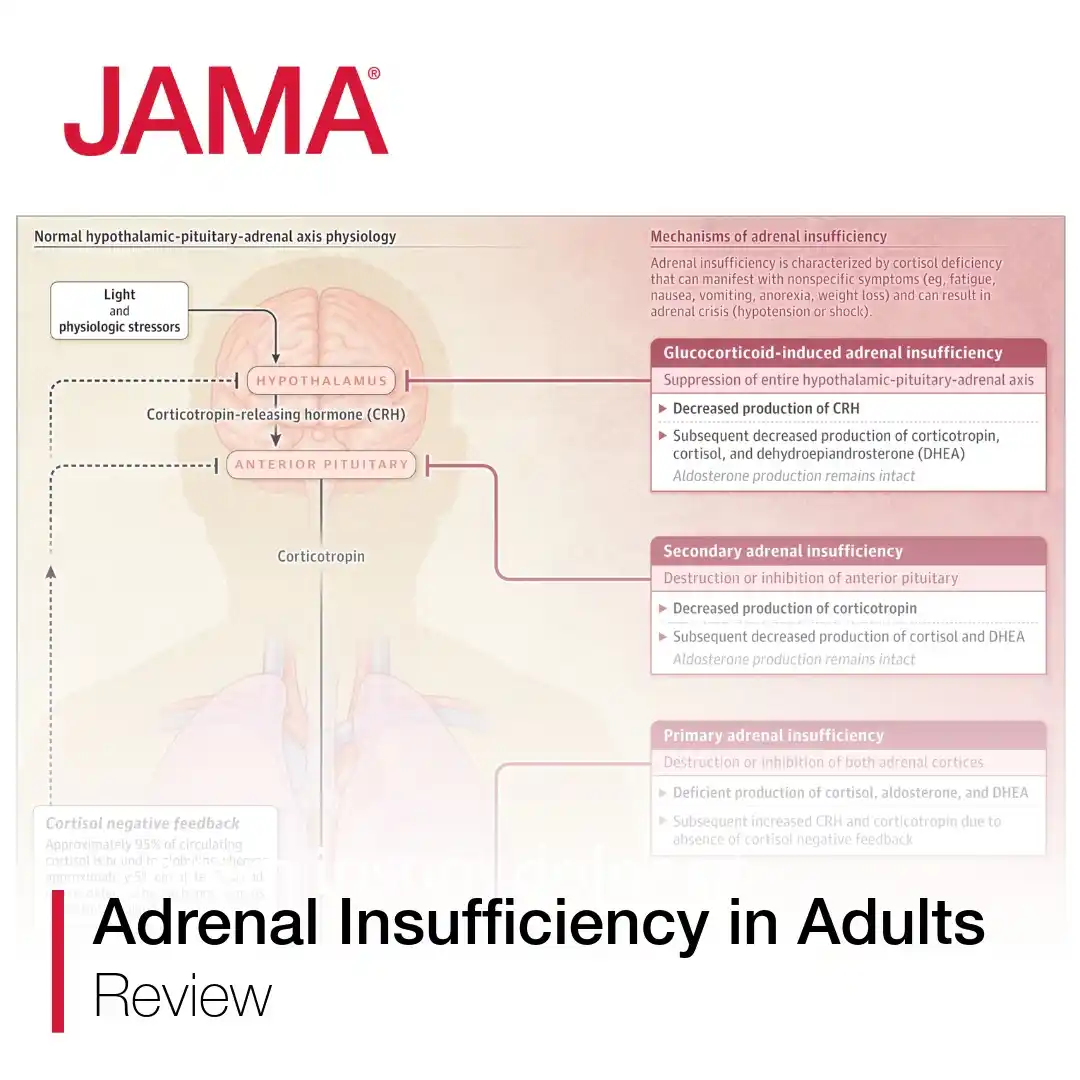

Patients with advanced dementia commonly have problems with chewing and swallowing, which may lead to aspiration of food, weight loss, and malnutrition. Guidelines for patients with advanced dementia recommend careful hand feeding in most cases. Geriatric or palliative care teams can discuss feeding options with caregivers and explain that weight loss and lower calorie intake are expected as dementia progresses. ➡️ Learn more about the benefits of hand feeding and the possible risks and complications associated with feeding tubes for patients with dementia in this JAMA Patient Page: ja.ma/3HLazFG
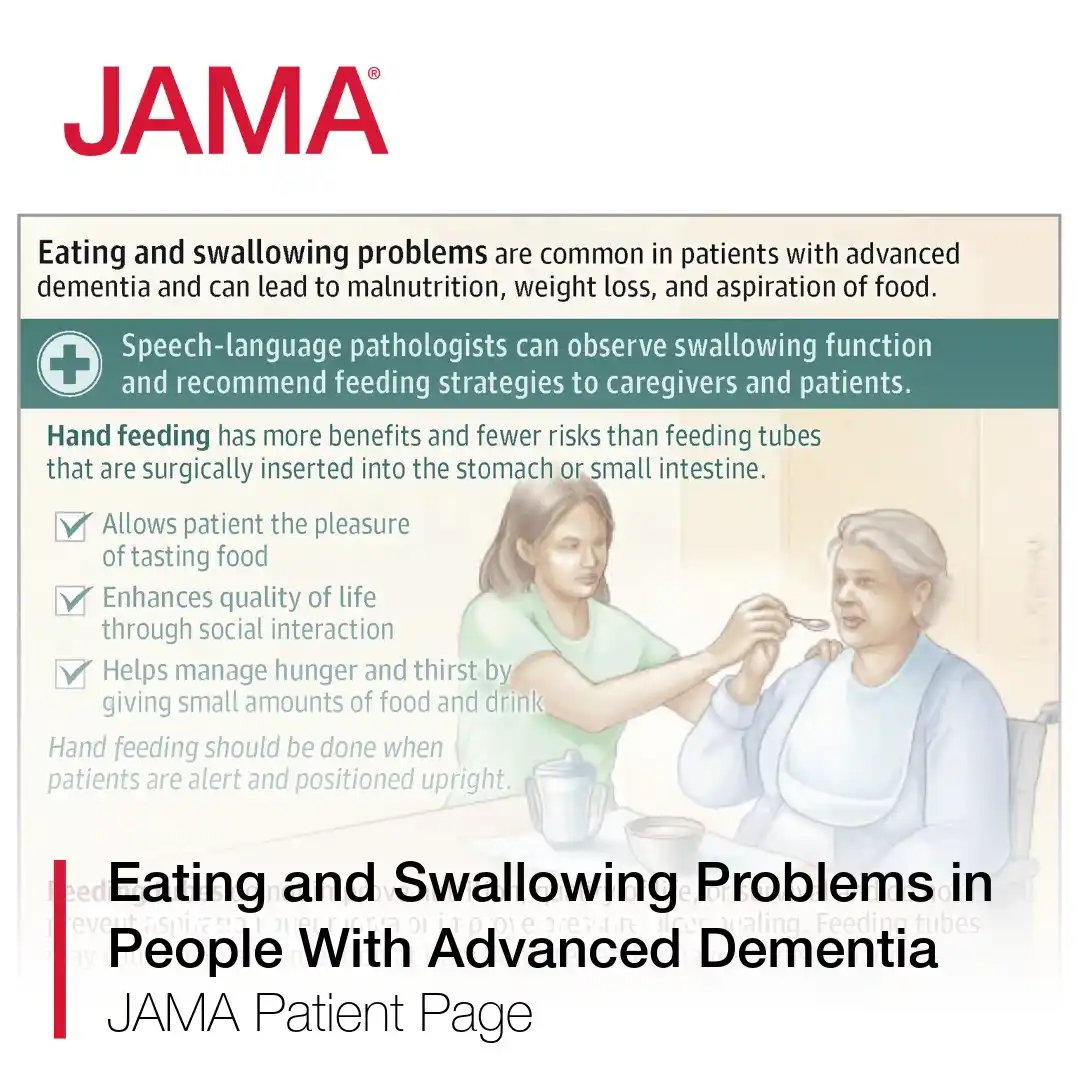

Coronary artery plaque is the buildup of deposits that may include cholesterol and calcium on the inner walls of the arteries of the heart (coronary arteries). These deposits can narrow or block the coronary arteries, decreasing blood flow to the heart, which may cause a heart attack. ➡️ Learn more about how a cardiac CT calcium score can evaluate the risk of atherosclerotic cardiovascular disease and guide statin therapy decisions in this JAMA Patient Page: ja.ma/4mZ4CoM
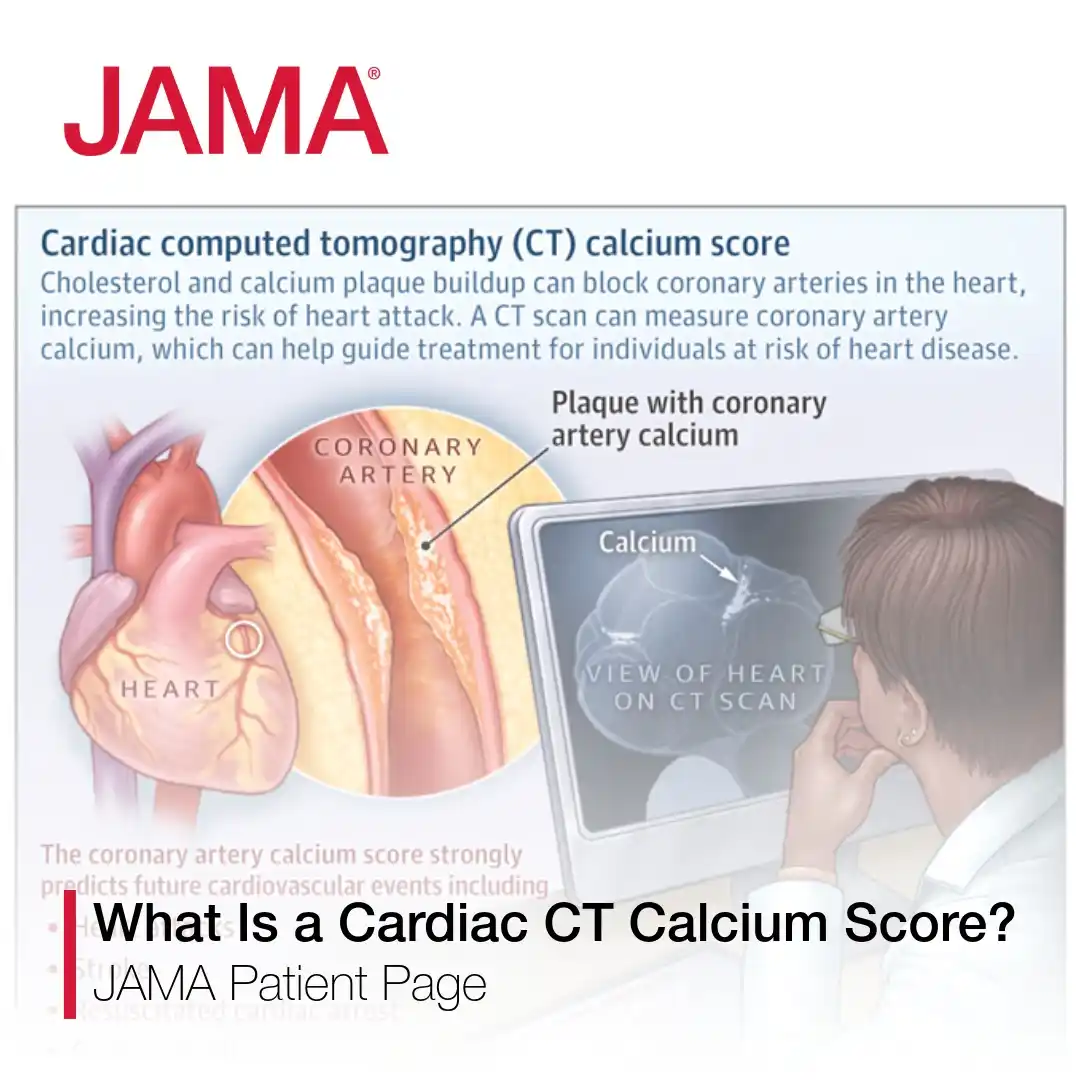

Can microplastics reach the olfactory bulb in the brain 🧠? A JAMA Network Open case series found microplastics in olfactory bulb tissue from 15 deceased individuals. ➡️ Watch the video and learn more: https://ja.ma/3Hm8ikl

A pacemaker is a small, implantable electronic device that helps regulate the heartbeat. Pacemakers are commonly used for people who have a heart rate that is too slow or who have disorders that interfere with the heart’s normal electrical pathways. A pacemaker prevents slow heart rates that may cause shortness of breath, fatigue, lightheadedness, or even sudden death. ➡️ Learn more about the role of electronic pacemaker devices in maintaining heart rhythm for patients with certain conditions in this JAMA Patient Page: ja.ma/4dUpg5n
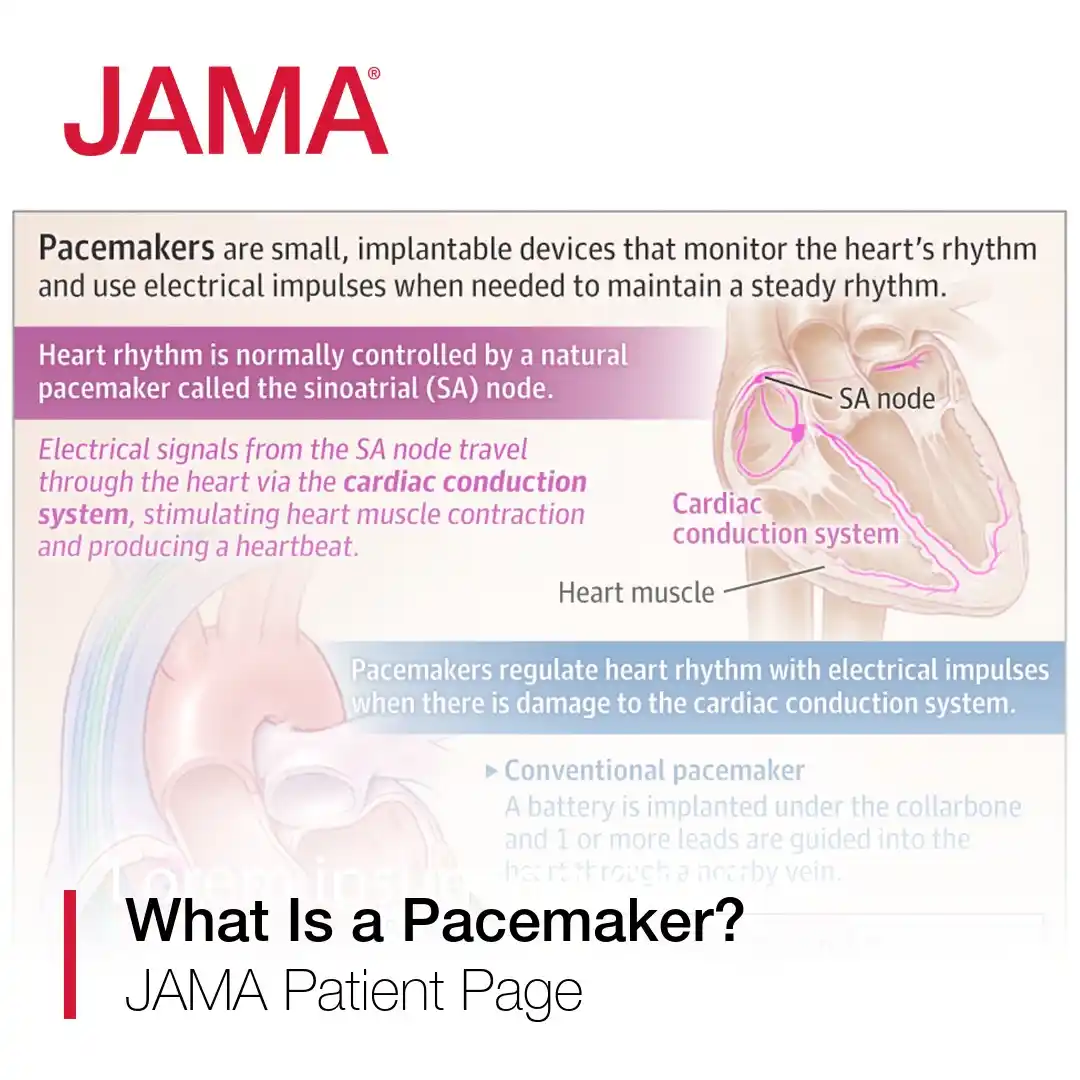

Immune thrombotic thrombocytopenic purpura (iTTP) is a life-threatening thrombotic microangiopathy that presents with microangiopathic hemolytic anemia (MAHA) and thrombocytopenia. Worldwide annual incidence of iTTP is 2 cases per million to 6 cases per million. Common presenting features of iTTP include neurologic symptoms, abdominal pain or nausea, and fever. ➡️ Learn more about the pathophysiology, epidemiology, diagnosis, and treatment of iTTP in this JAMA review: https://ja.ma/4kpRneB


What will happen if childhood vaccination rates continue to decline in the US? A modeling study investigates potential long-term effects of declining or ceasing routine childhood vaccination for measles, rubella, diphtheria, and poliomyelitis. ➡️ Read the full JAMA study: https://ja.ma/3SWwa05

Syphilis is a sexually transmitted infection caused by the bacterium Treponema pallidum. Congenital syphilis occurs when a syphilis infection passes from mother to fetus during pregnancy. Congenital syphilis is associated with premature birth, low birth weight, stillbirth, and infant death. Infants born with congenital syphilis may have deformed bones, anemia, enlarged liver and spleen, jaundice, and inflammation around the brain and spinal cord (meningitis) that may cause permanent vision or hearing loss. ➡️ Learn more about syphilis infection, risks of congenital syphilis during pregnancy, and pros and cons of screening for syphilis during pregnancy in this JAMA Patient Page: ja.ma/3SdvMdy
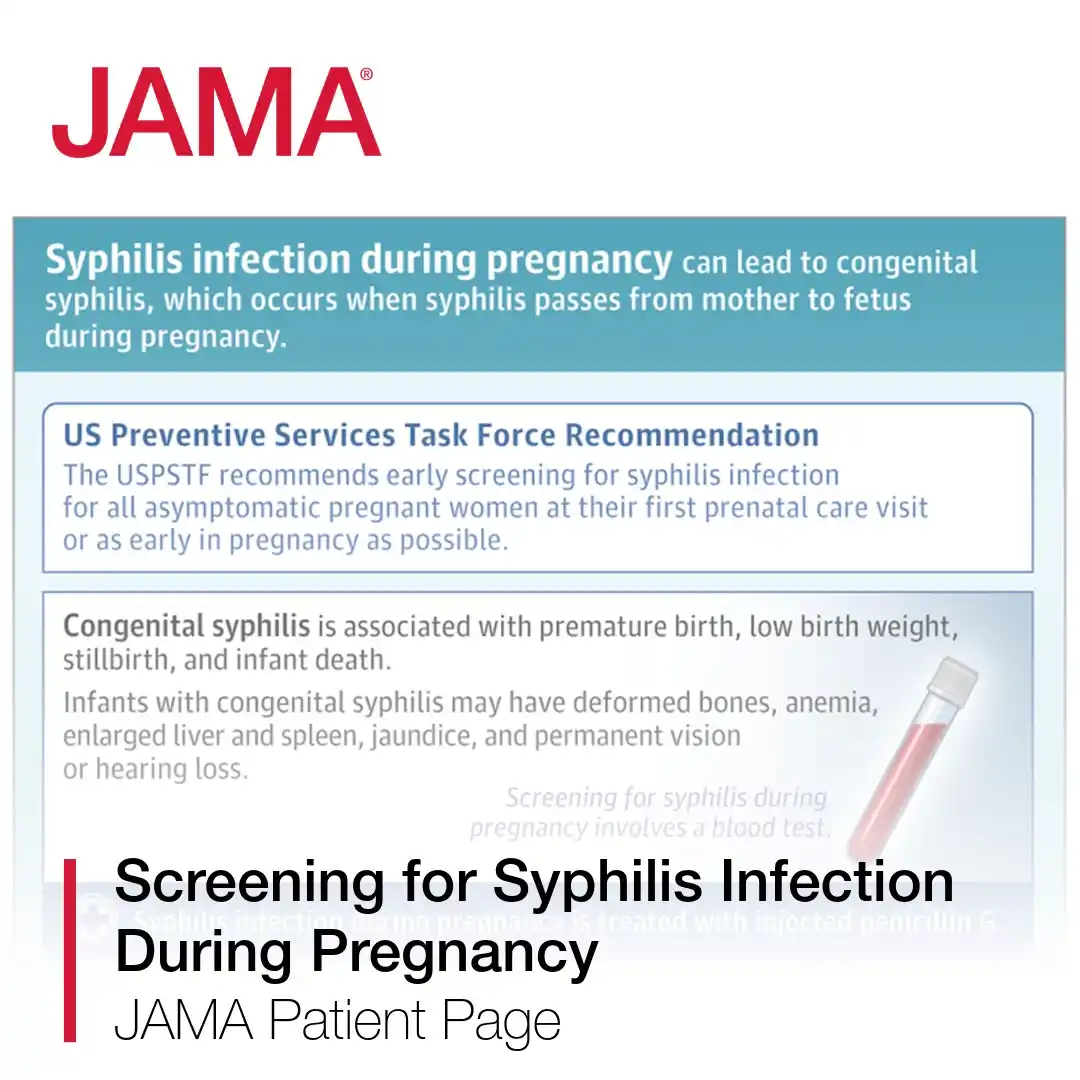

Uveitis is characterized by inflammation of the uvea—the middle portion of the eye composed of the iris, ciliary body, and choroid—causing eye redness, pain, photophobia, floaters, and blurred vision. Adults aged 20 to 50 years are primarily affected by uveitis, and untreated uveitis may cause cataracts, glaucoma, macular edema, retinal detachment, optic nerve damage, and vision loss. ➡️ Learn more about the epidemiology, pathophysiology, diagnosis, and treatment of uveitis in adults in this JAMA Review: ja.ma/43DgrIe
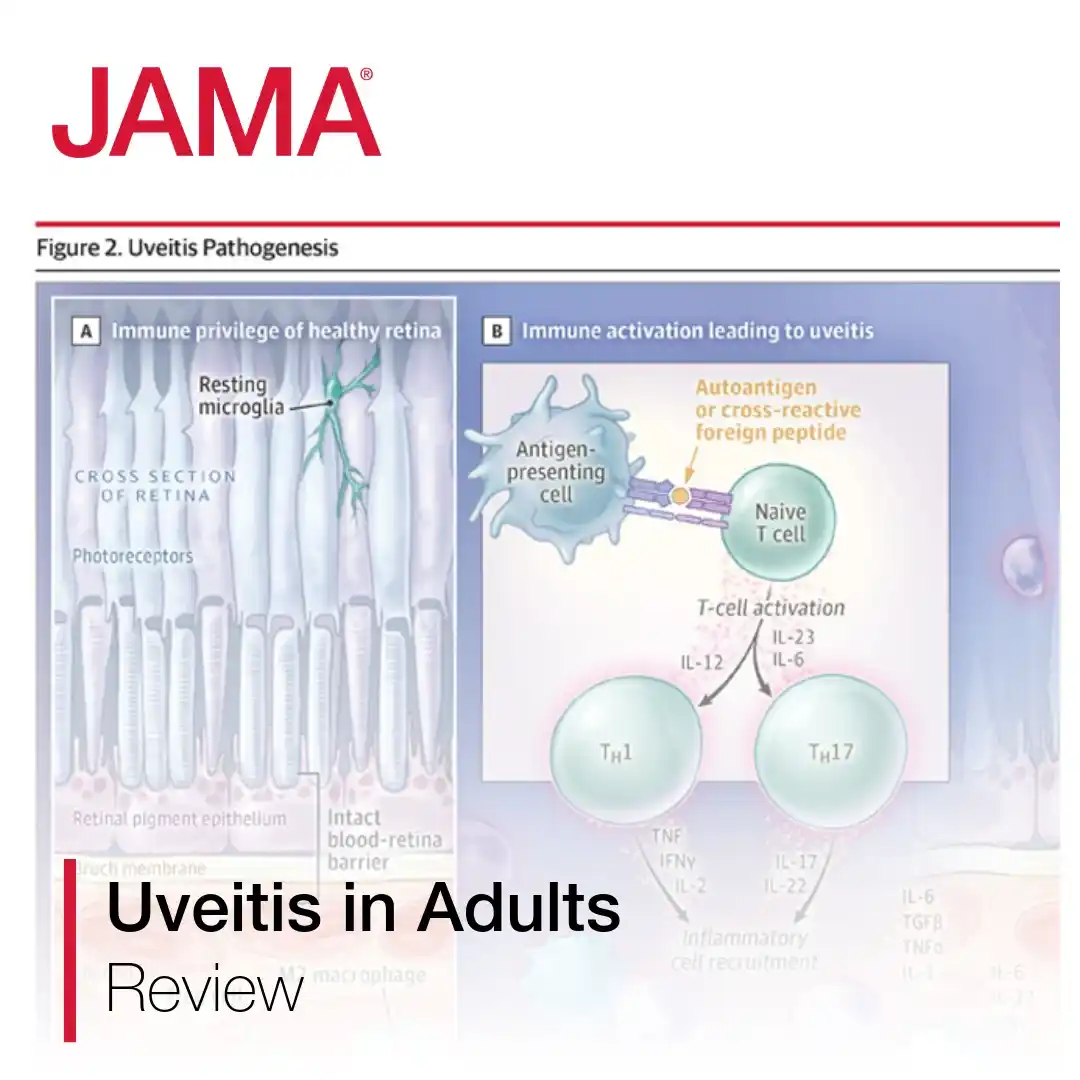

Long-term studies and advanced imaging tools have deepened our understanding of how COPD presents in different patients. A JAMA study examines a multidimensional diagnostic approach for COPD that uses a new diagnostic schema for more individualized and inclusive COPD patient care. #ATS2025 https://ja.ma/3GYcUg1












